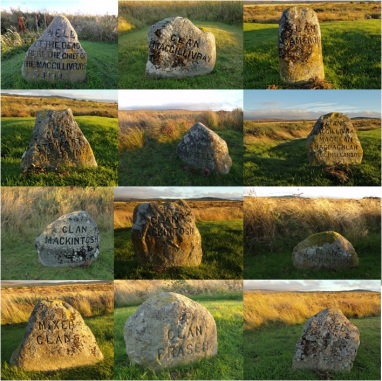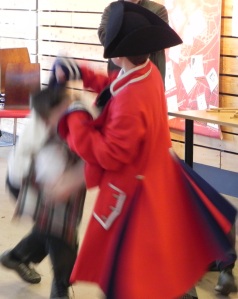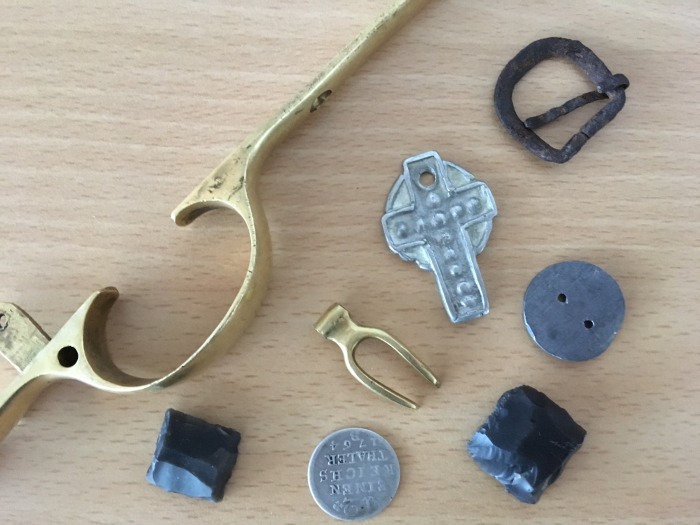Anne Marie d’Orléans is mostly forgotten today, but in the early eighteenth century, the combination of her royal lineage and Catholic faith meant that, amidst the political uncertainty and civil war, she stood out as a significant figure; this is especially true in regards to the Jacobite succession, as for six years, between 1714 and 1720, she was the Heiress Presumptive to the Jacobite claim on the thrones of England, Scotland and Ireland.

Anne Marie was born on the 27th of August 1669 at Château de Saint-Cloud to Henrietta Anne of England and Philippe, Duke of Orléans. Known as Madame and Monsieur at court, her parents were first cousins and had a tumultuous relationship. Philippe was the only sibling of King Louis XIV of France; Henrietta Anne was the youngest daughter of Charles I of England, Scotland and Ireland. Henrietta had lived most of her life in France, but was close with her eldest brother Charles, and from the time that he became Charles II in 1660, she often acted as an intermediary between the French and English courts.
Anne Marie’s birth would have been a disappointment for her parents, as they had been hoping for a son; since their marriage in 1661, despite several pregnancies, only one other daughter, seven year old Marie Louise, was still living. Less than a year after the birth of her younger daughter, Henrietta Anne, whose health had never been strong, died at the age of twenty-six.
Louis XIV had no legitimate daughters who survived childhood, and so, as Anne Marie and her sister were two of the highest-ranking women in France, much consideration was given about their marriages. In 1679, Anne Marie’s sister, Marie Louise, married the King of Spain; five years later, Louis XIV, in an effort to maintain French control in northern Italy, had Anne Marie marry Victor Amadeus II, Duke of Savoy. Louis gave his niece a large dowry, and her father travelled with her to Juvisy-sur-Orge, before she left France and journeyed to Italy.
Though they did not have the happiest of marriages, Anne Marie and Victor Amadeus would go on to have nine children together, and he sometimes made her regent in his absence. Despite the marriage being made as a means of linking France and Italy, Victor Amadeus joined the anti-French side in the War of the Spanish Succession, and in 1706, Anne Marie and her sons were forced to flee to Genoa after Turin was besieged under the direction of her half-brother. For his role in the War of the Spanish Succession, Victor Amadeus was made King of Sicily in 1713, before being made to exchange the Kingdom of Sicily (whilst still retaining the title of King) for the Kingdom of Sardinia, which was considered inferior, in 1720.
In addition to the titles she owed to her husband, Anne Marie, at the beginning of the 1700s, was in her own right an important figure in British politics; in 1701, William of Orange was King of England, Scotland and Ireland, and both he and his successor, Anne of Denmark, were childless, and it was decided that a succession needed to be established. As one of the last remaining legitimate grandchildren of Charles I (her sister, the Queen of Spain, had died in 1689), Anne Marie’s Stuart blood linked her closely with the crown, but she had always been a devout Catholic, so she was barred from becoming queen. Sophia of Hanover, a protestant descendant of Charles I’s sister Elizabeth, was named Anne’s successor. King William died the following year, and Sophia predeceased Anne by a month in 1714; Sophia’s son George became king.
In 1714, Anne Marie’s name was again brought up in talks of succession. The deposed James II of England (and VII of Scotland) had died in 1701, and his son, James Francis Edward Stuart, was now the Jacobite claimant. In 1714 he had no children, and so in August, when Queen Anne died, Anne Marie became the Heiress Presumptive to the Jacobite claim.
She remained an Heiress Presumptive for six years. An Heir/Heiress Presumptive can be dislodged by an Heir/Heiress Apparent, whereas an Heir/Heiress Apparent cannot be dislodged by anyone; Anne Marie was dislodged in 1720 when James Francis Edward Stuart’s Heir Apparent was born, a son named Charles Edward Stuart. Charles would go on to fight at Culloden in 1746 and succeed his father to the claim in 1766.
Anne Marie died eight years later, one day before her fifty-ninth birthday, outliving all of her children but one: her son Charles Emmanuel, who succeeded his father his titles in 1730 and died in 1773. Through her daughter Marie Adelaide, Anne Marie was a grandmother of Louis XV of France, and through her daughter Maria Luisa, she was a grandmother of Louis I and Ferdinand VI of Spain. Anne Marie was buried at the Basilica of Superga in Turin.
Years after her death, she again was linked to the Jacobite Succession; Charles Edward Stuart had died, leaving no legitimate issue, in 1788, and his brother, Henry Benedict, succeeded to the claim, with the Jacobites calling him Henri IX. As he was a cardinal, he had no children, and when he wrote his will, which he signed Henry R., he named another Charles Emmanuel, Anne Marie’s great-grandson, his successor; Henry Stuart died in 1807, and through Anne Marie, the claim fell to the House of Savoy. Charles Emmanuel IV neither acknowledged nor renounced the legacy that had passed down to him.
We hope you enjoyed this insight into the life of Anne Marie. As always please like, tweet, share and comment.
All the best, The Culloden Team







